Do you have a question about the Siemens DI-3 and is the answer not in the manual?
| Brand | Siemens |
|---|---|
| Model | DI-3 |
| Category | Smoke Alarm |
| Language | English |
Use 30-foot spacing as a guide, considering ideal conditions and specific applications.
Avoid locations with high humidity, dust, steam, or exhaust fumes to prevent false alarms.
Consider air currents from diffusers, windows, and doors affecting smoke detection.
Account for ceiling height, especially in large spaces, for smoke travel distance.
Account for beams, joists, and ducts that may alter smoke and air movement.
Detectors operate between 0-37.8°C and up to 93% humidity (non-condensing).
Lower air pressure at higher altitudes may affect ionization detector sensitivity.
Details on model suitability for open areas, computer facilities, and air ducts based on velocity and altitude.
Requires closer spacing and tiered locations based on stock, height, and judgment.
DI-3IS is for Class I, Division 1 areas; requires specific barriers or isolators.
Detectors connect per diagrams; follow panel wiring instructions and check detector limits.
Route wires, position LED mark, mount base, and make terminal connections.
Ensure loop continuity after base installation, using a jumper for testing.
Align notch, push head into base, and twist clockwise to engage connections.
Push head up and rotate counterclockwise to disengage from the base.
Field adjustable for DI-3/DI-3H/DI-3IS; adjust towards '+' for increased sensitivity.
DI-A3 and DI-A3H detectors have factory-set sensitivity and are not field adjustable.
Use Model TM-13 tester via sensitivity jack for testing within factory limits.
Use SIEMENS Test Gas P/N 315-282747 for GO/NO GO operation testing.
Gently brush or vacuum slots; disconnect power before cleaning if using suction.
Adjust sensitivity; replace head if outside limits. Do not disassemble detectors.
Lists compatible control equipment for DI-3, DI-3H, DI-A3, and DI-A3H models.
Lists compatible control equipment for DI-3IS FM Approved model.
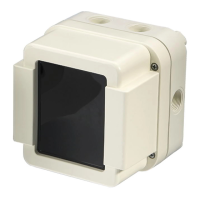

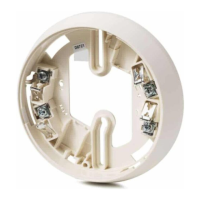
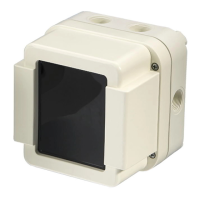
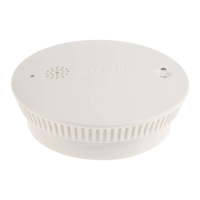
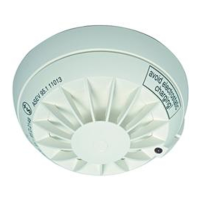
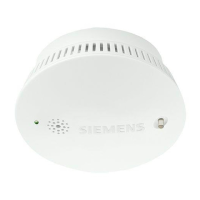
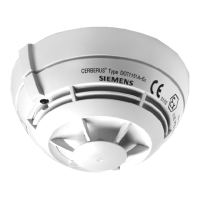
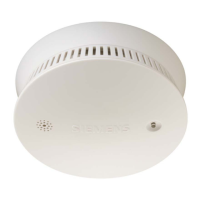

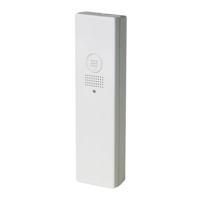

